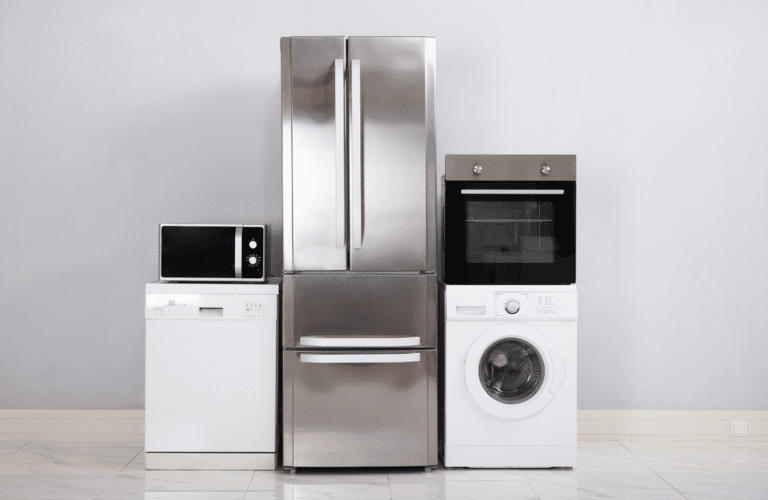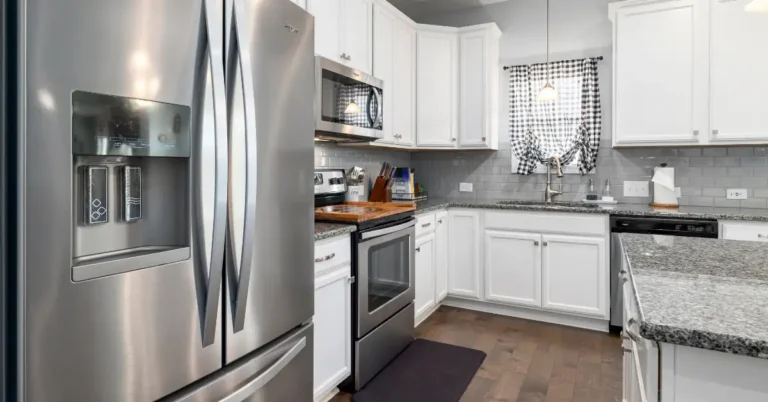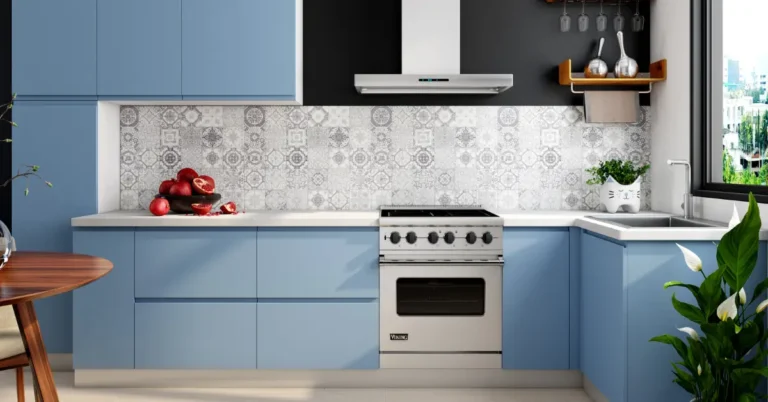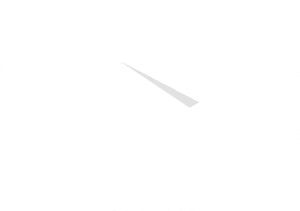How the 50% Rule Works:
- Cost of Repair: Calculate the estimated repair cost, including parts and labor.
- Cost of Replacement: Find out the price of a new model of the appliance you’re considering repairing.
- Compare: If the repair cost is more than 50% of the price of a new appliance, it’s typically more economical to replace the old one.
Example:
- Repair Estimate: $300
- New Appliance Price: $600
In this case, the repair cost is 50% of the price of a new appliance. According to the 50% rule for appliance repair, replacing the appliance might be a better financial decision because a new appliance will likely have a longer lifespan, improved efficiency, and potentially a new warranty.
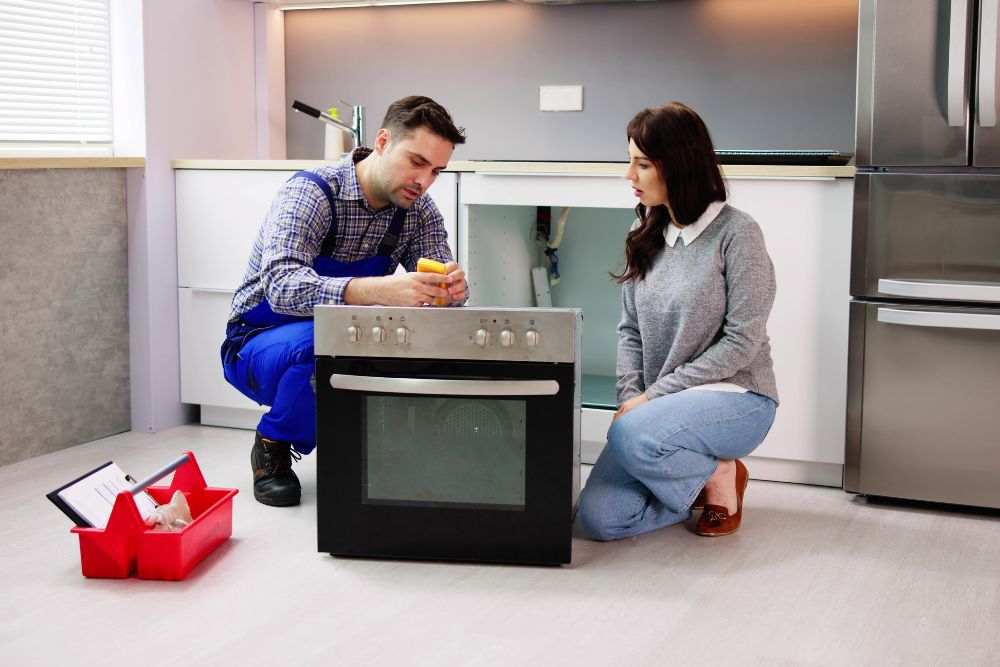
When to Consider the 50% Rule:
- Age of the Appliance: If the appliance is nearing the end of its typical lifespan, the 50% rule makes even more sense. Older appliances may be less energy-efficient, more prone to future breakdowns, and might not have up-to-date features.
- Future Repair Costs: If the appliance is aging, future repairs could become more frequent and costly.
Exceptions to the Rule:
- Sentimental Value: Some older, well-built appliances may have sentimental or durability value, so you may want to invest in repairs even if it costs more than 50%.
- High-End Appliances: For premium or high-end models, repairs might still be worth it due to the high replacement cost and potential longer lifespan of the appliance.
- Minor Repairs: Even if the cost is close to or above 50%, if the repair is minor (like a simple part replacement), it could still be worth it.
The 50% rule for appliance repair is not a hard and fast rule but rather a practical guideline to help balance the costs and benefits of repairing vs. replacing an appliance.
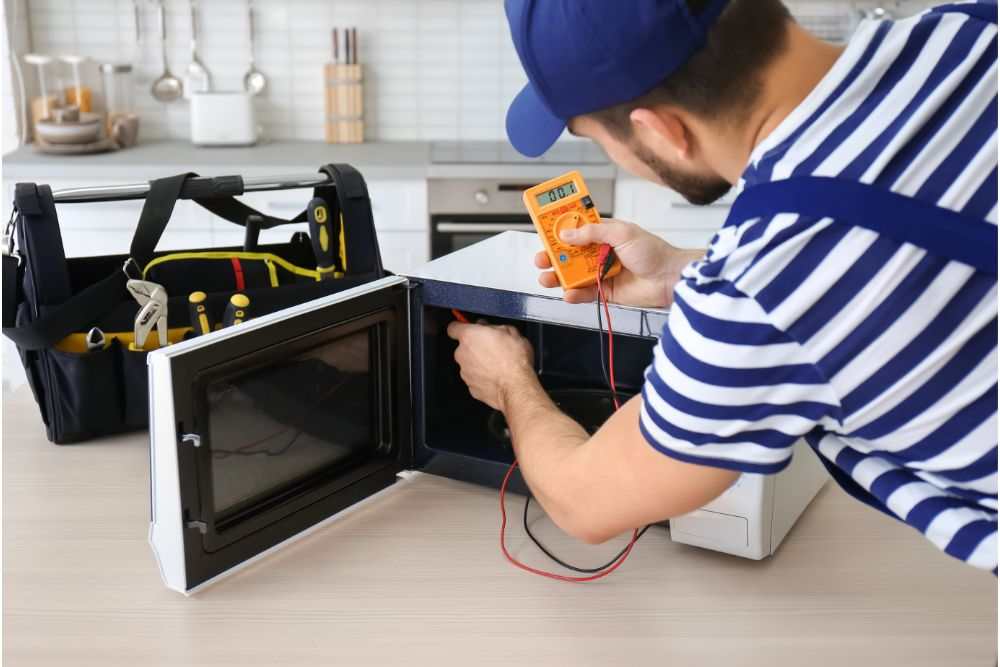
Additional Considerations for the 50% Rule
Energy Efficiency
Newer appliances are built to meet higher energy efficiency standards, significantly reducing utility bills over time. If your current appliance is outdated and consumes excessive energy, replacing it could lead to long-term savings—even if the repair costs are less than 50% of the replacement cost.
Environmental Impact
Repairing an appliance is often the more eco-friendly option, as it minimizes waste and reduces demand for new manufacturing. However, this benefit should be weighed against the energy inefficiency of older models, which might leave a larger environmental footprint in the long run.
Warranty Coverage
Check if your appliance is still under warranty before deciding. Warranty-covered repairs can drastically lower costs, making repair a more economical option than replacement.
Technology Upgrades
Modern appliances come with advanced features like smart connectivity, improved efficiency, and enhanced safety. Upgrading to a newer model can provide conveniences that older models lack, making replacement an attractive choice.
Consulting a Professional
When in doubt, seek advice from a trusted appliance repair technician. They can assess the condition of your appliance, provide a precise repair estimate, and guide you in weighing the costs and benefits of repair versus replacement.
By considering these additional factors alongside the rule for appliance repair, you can make a well-rounded and informed decision that fits your unique circumstances.
The rule for appliance repair is a practical starting point, offering a guideline to decide between repair and replacement. While the 50% threshold is helpful, don’t overlook the broader context of your appliance’s value and potential future performance. For instance, replacing an older unit with a modern, energy-efficient model may bring peace of mind, lower utility costs, and access to advanced features. Weigh all factors carefully to make the smartest choice for your home and budget.




